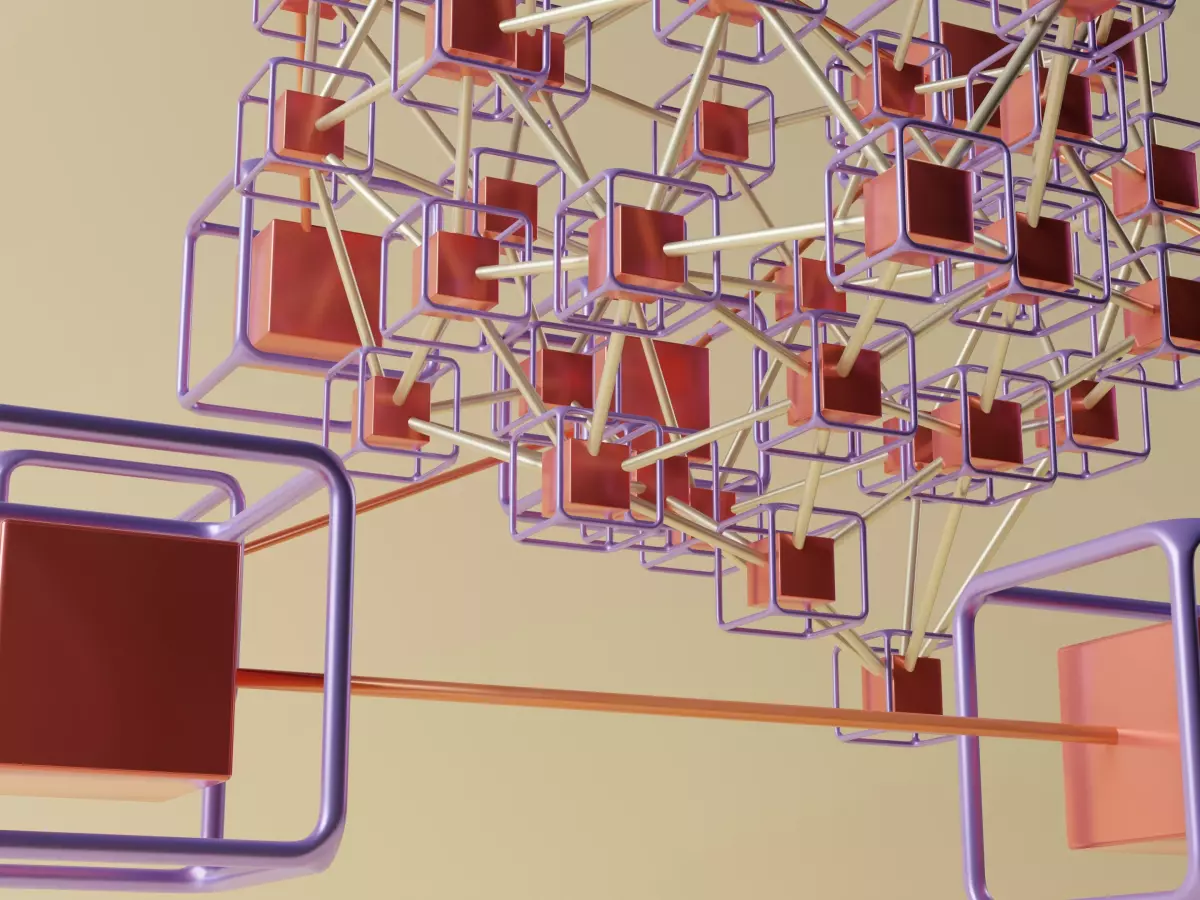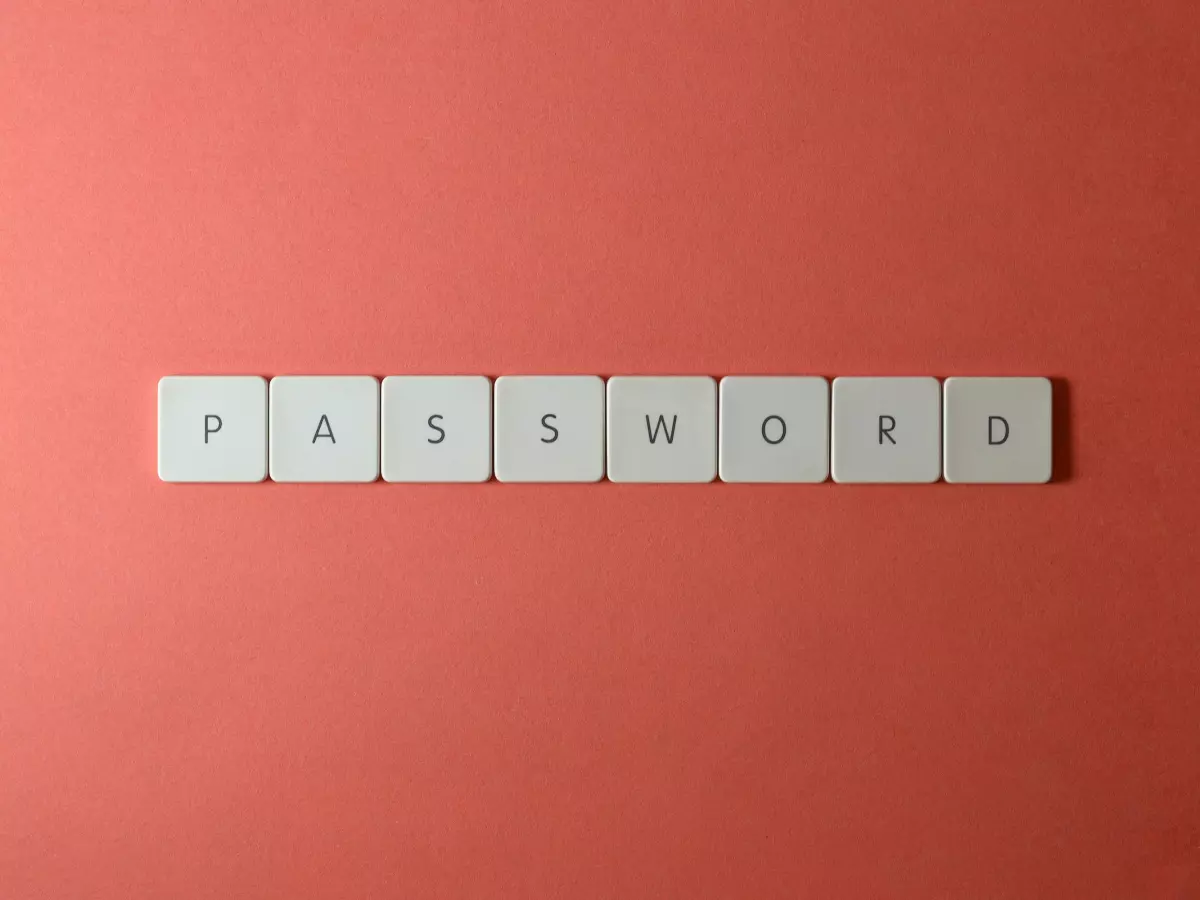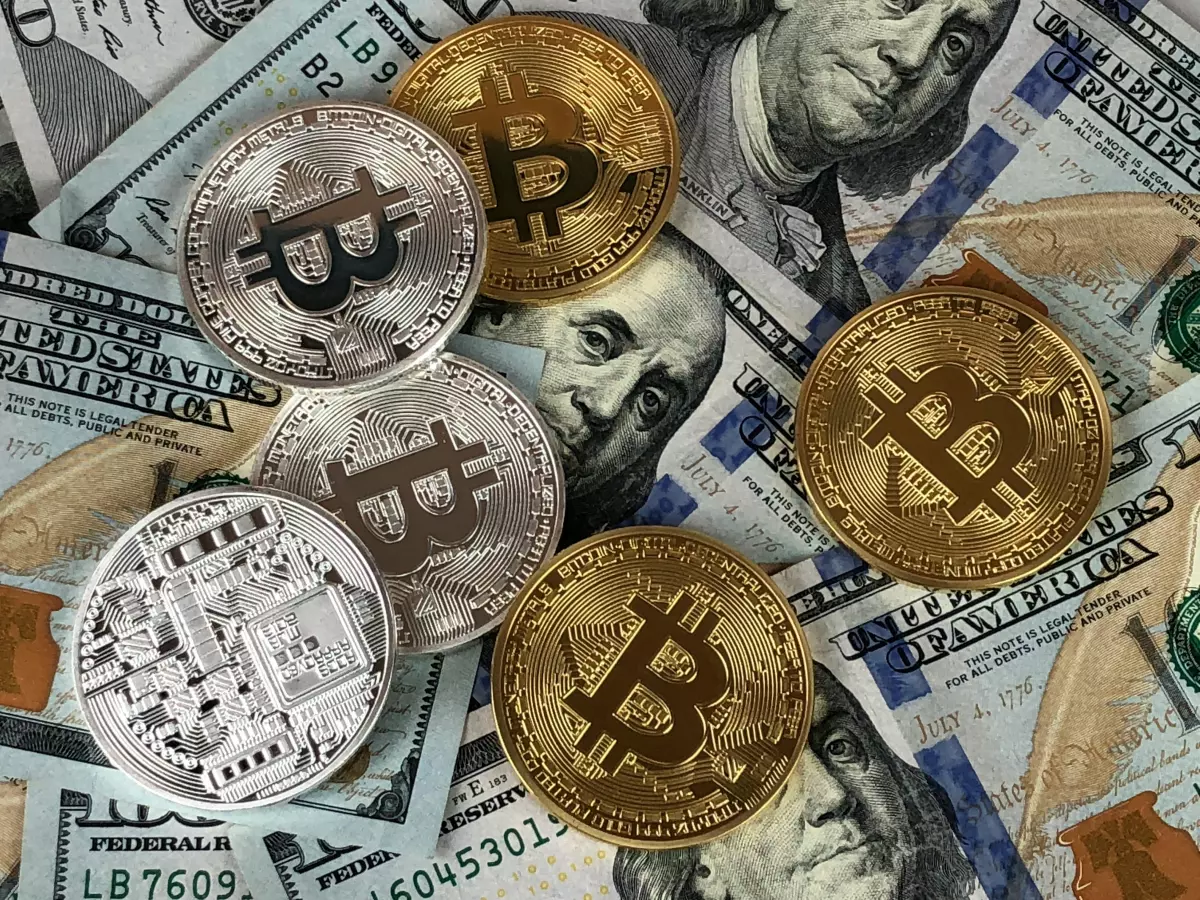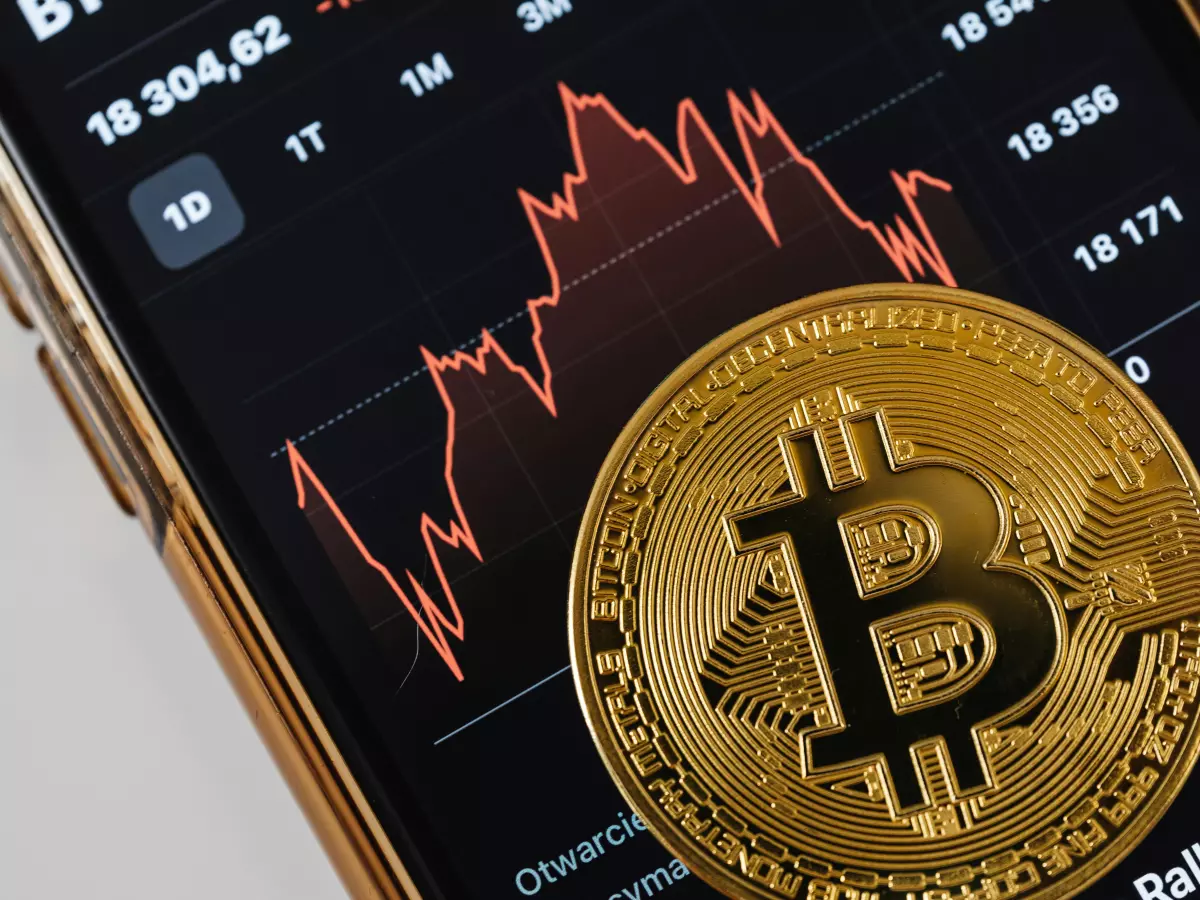Blockchain Oracles
Imagine you're in the middle of a high-stakes poker game, and the final card is about to be revealed. But instead of a dealer flipping the card, you have to trust a random person outside the casino to tell you what it is. Sounds risky, right? That's pretty much what happens when a blockchain needs external data to execute a smart contract.

By Nina Schmidt
In the world of blockchain, everything is decentralized, trustless, and secure—until you need to interact with the outside world. That’s where blockchain oracles come in. These digital middlemen are responsible for securely feeding external data into the blockchain, allowing smart contracts to execute based on real-world events. But how do they actually work? And more importantly, how do they maintain the security and trust that blockchain is known for?
What Exactly Is a Blockchain Oracle?
Let’s start with the basics. A blockchain oracle is a service that connects blockchains with external data sources. Think of it as a bridge that allows smart contracts to access information from the real world—like stock prices, weather conditions, or even the outcome of a sports game. Without oracles, blockchains would be isolated systems, unable to interact with anything outside their own network.
But here’s the catch: blockchains are designed to be trustless, meaning they don’t rely on any single party to verify transactions. Oracles, on the other hand, are external entities. So, how can we trust them to provide accurate and reliable data?
The Oracle Problem
Ah, the infamous “oracle problem.” It’s the Achilles’ heel of blockchain technology. The issue is simple: while blockchains are decentralized, oracles are not. They act as a single point of failure, which could compromise the security and integrity of the entire system. If an oracle provides incorrect or manipulated data, the smart contract could execute in a way that wasn’t intended, leading to potentially disastrous consequences.
For example, imagine a smart contract that automatically pays out insurance claims based on weather data. If the oracle feeding that data is compromised or provides false information, the contract could either fail to pay out when it should or pay out when it shouldn’t. Either way, it’s a mess.
Types of Blockchain Oracles
Not all oracles are created equal. There are several types of oracles, each with its own strengths and weaknesses:
- Software Oracles: These oracles pull data from online sources like APIs, websites, or databases. They’re commonly used for things like stock prices, weather reports, or sports scores. The downside? They’re vulnerable to hacking or manipulation of the data source.
- Hardware Oracles: These oracles gather data from physical devices, like sensors or IoT devices. They’re often used in supply chain management or environmental monitoring. While they’re more secure than software oracles, they can still be tampered with if the hardware is compromised.
- Inbound Oracles: These oracles bring external data into the blockchain. For example, they might feed the current temperature into a smart contract that triggers a payment if it’s below freezing.
- Outbound Oracles: These oracles send data from the blockchain to the outside world. For instance, they could trigger a payment to a bank account once a smart contract is executed.
- Consensus-Based Oracles: These oracles rely on multiple data sources to reach a consensus on the correct information. This reduces the risk of a single point of failure but can be slower and more expensive to operate.
How Oracles Maintain Security
So, how do oracles maintain the security and trust that blockchain users expect? There are several strategies that have been developed to mitigate the risks:
- Decentralized Oracles: Instead of relying on a single oracle, decentralized oracles use multiple sources of data to reach a consensus. This reduces the risk of a single point of failure and makes it harder for bad actors to manipulate the data.
- Reputation Systems: Some oracle networks use reputation systems to ensure that only trustworthy oracles are used. Oracles with a history of providing accurate data are rewarded, while those that provide false or inaccurate data are penalized or removed from the network.
- Data Encryption: Oracles can use encryption to secure the data they provide, ensuring that it can’t be tampered with during transmission. This adds an extra layer of security, but it’s not foolproof.
- Multi-Signature Oracles: Some systems require multiple oracles to sign off on a piece of data before it’s accepted by the blockchain. This ensures that no single oracle can manipulate the data on its own.
Real-World Use Cases for Blockchain Oracles
Oracles are already being used in a variety of industries to enable smart contracts and other blockchain applications. Here are a few examples:
- DeFi (Decentralized Finance): Oracles are critical to the functioning of DeFi platforms, where they provide real-time price data for assets like cryptocurrencies, stocks, and commodities. Without accurate price feeds, DeFi platforms could suffer from incorrect valuations, leading to massive financial losses.
- Insurance: Smart contracts in the insurance industry often rely on oracles to trigger payouts based on real-world events, such as weather conditions or flight delays. For example, a smart contract could automatically pay out travel insurance if a flight is delayed by more than two hours, based on data from an oracle.
- Supply Chain Management: Oracles can be used to track the movement of goods through the supply chain, ensuring that products are delivered on time and in good condition. For example, an oracle could monitor the temperature of a shipment of perishable goods and trigger a smart contract if the temperature goes outside a specified range.
The Future of Blockchain Oracles
As blockchain technology continues to evolve, so too will the role of oracles. One promising development is the rise of trusted execution environments (TEEs), which allow oracles to securely process data without exposing it to external threats. TEEs could help solve the oracle problem by ensuring that data is processed in a secure and tamper-proof environment.
Another exciting development is the use of artificial intelligence (AI) to enhance the accuracy and reliability of oracles. By using machine learning algorithms to analyze data from multiple sources, AI-powered oracles could provide more accurate and reliable information to smart contracts.
Final Thoughts
Blockchain oracles are a critical piece of the puzzle when it comes to enabling smart contracts and other blockchain applications. Without them, blockchains would be isolated systems, unable to interact with the real world. But oracles also introduce new security risks, and solving the oracle problem will be key to the future success of blockchain technology.
So, next time you’re in a high-stakes poker game—or executing a smart contract—remember: it’s not just about the cards you’re dealt, but who’s telling you what they are.





